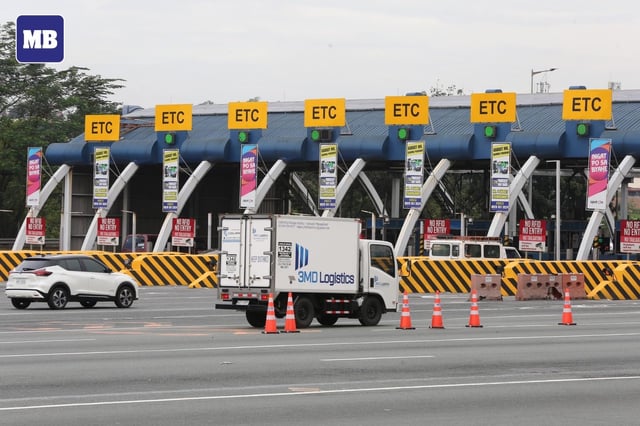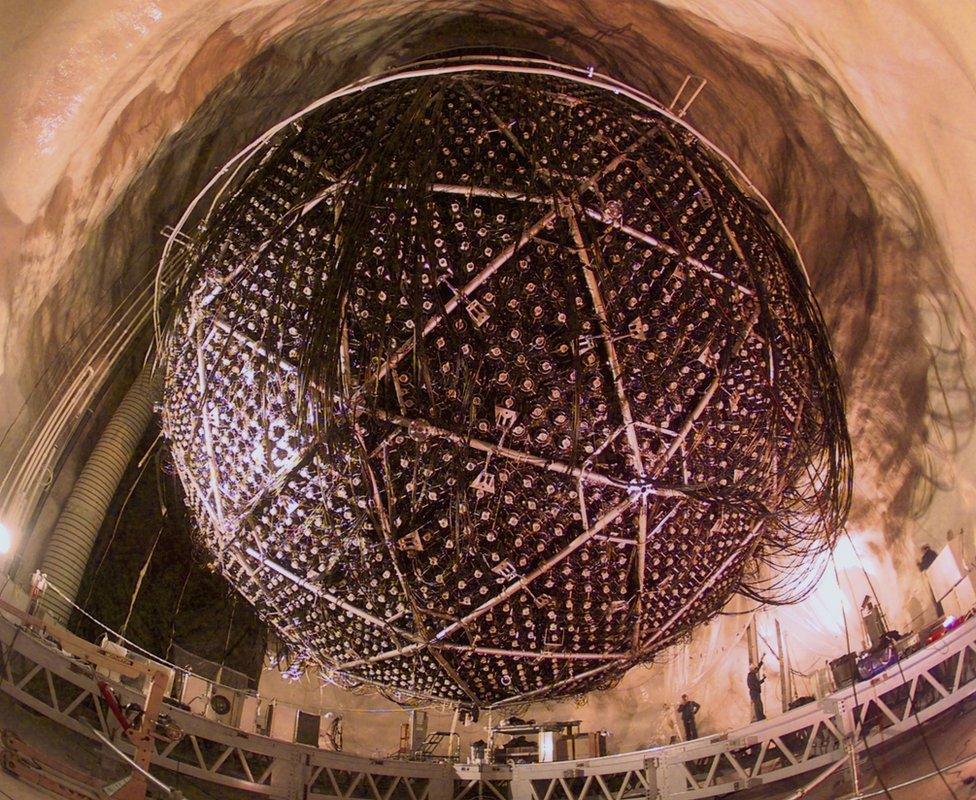More in Technology

Spacecoin Achieves First Secure Blockchain Data Transmission via Satellite
U.S.-based startup Spacecoin announced on Wednesday that it has successfully transmitted secured blockchain data through a satellite, marking a pioneering accomplishment in the satellite internet industry. This milestone highlights the company's efforts to provide an alternative to established providers such as SpaceX's Starlink. Spacecoin's founder, Tae Oh, explained that the company aims to serve regions where internet access is unreliable, heavily censored, or prohibitively costly. Unlike Starlink, which operates a centralized network controlled by a single entity, Spacecoin is developing a decentralized infrastructure that allows open participation. This system facilitates payments and data storage without the need for traditional service intermediaries. The recent test involved sending blockchain-verified data over 7,000 kilometers, traveling via satellite from Chile to the Azores. The mission was conducted in collaboration with Bulgarian microsatellite manufacturer EnduroSat. Oh emphasized that the experiment was designed to demonstrate that encrypted blockchain data could leave Earth, be routed through an orbiting satellite, and return without alteration. "Our target market extends beyond end users to include developers, telecom operators, non-governmental organizations, and infrastructure collaborators," Oh stated in an email. He further added that transactions on Spacecoin's network undergo automatic verification against previous blockchain records, rejecting any inconsistencies. "For internet users, this ensures that data or payments sent through our network cannot be falsified, tampered with, or intercepted by malicious actors," Oh remarked. The satellite internet sector continues to expand rapidly amid rising demand for broadband access. While J.P. Morgan has previously explored blockchain-enabled payments between satellites, Spacecoin claims to be the first to successfully complete a blockchain transaction entirely without relying on terrestrial internet infrastructure. Despite this breakthrough, Spacecoin remains a relatively small player compared to Starlink, which operates a constellation of roughly 8,000 satellites. Currently, Spacecoin's fleet consists of a single nanosatellite launched in December 2024 aboard a SpaceX Falcon rocket. The company plans to deploy three additional satellites by the end of this year. These satellites orbit in low Earth orbit (LEO) at altitudes up to 2,000 kilometers. This achievement underscores the growing innovation within the satellite communications industry, highlighting new approaches to secure and decentralized internet connectivity.
Technology
|2 min read

President Marcos Jr. Launches Unified RFID Toll System Across Luzon Expressways
PHILIPPINE President Ferdinand R. Marcos, Jr. on Tuesday unveiled a unified toll collection system that will let motorists use a single radio frequency identification (RFID) sticker across all expressways in Luzon, a measure aimed at easing congestion, cutting travel time and advancing the government\'s digital transport modernization drive. Speaking at the launch of the One RFID, All Tollways system in Calamba City, Mr. Marcos said the interoperability effort represents a major step toward a more connected and commuter-friendly road network. \"Starting today, only one RFID sticker will be needed for all our toll expressways across Luzon,\" the President said in Filipino, according to a transcript from his office. \"Group and fleet accounts will also be launched next year.\" Under the system, motorists can use a single RFID sticker and account — whether from San Miguel Corp.\'s Autosweep or Metro Pacific Tollways Corp.\'s EasyTrip — across all toll roads in Luzon, eliminating the need for multiple accounts and reducing bottlenecks at toll plazas. Registration for the unified system is free and optional, with rollout for private vehicles beginning this month and fleet or corporate accounts expected by 2026. \"Years of consultation and cooperation with the DoTr (Department of Transportation) and the Toll Regulatory Board have finally led us to a unified system that responds to the real needs of our motorists,\" Mr. Marcos said. \"Our goal is a direct journey from north to south across Luzon — reducing unnecessary stress and delays.\" In a separate Facebook post, Acting Transportation Secretary Giovanni Z. Lopez said the system has undergone a stress test, which means it is fully functional, and problems will be blamed on defective stickers or low balance. He said motorists might choose between Autosweep or EasyTrip as their preferred RFID provider to access major expressways. He noted that motorists with two existing RFID stickers can opt in online to consolidate their accounts, then have the unused sticker removed — leaving only one, either Autosweep or EasyTrip. Registration is free, optional and can also be done through walk-in centers. Motorists may also choose to keep their two separate RFID accounts. \"If you\'re already satisfied with your current RFID setup, there\'s no need to enroll. But for those who want to enroll and prefer to have only one account instead of two, you may do so,\" Toll Regulatory Board Executive Director Jose Arturo M. Tugade said in Filipino at the launch. ECONOMIC PRODUCTIVITY Nigel Paul C. Villarete, a senior adviser on public-private partnerships at the technical advisory group Libra Konsult, Inc., said the unified RFID system would make travel faster and more seamless, noting that toll collection has long been a bottleneck, reducing expressway efficiency. He added that RFID technology eliminates the need for vehicles to slow down or stop at toll gates, saving time and boosting both personal and national economic productivity. \"People don\'t realize that slowing down for toll collection or actually stopping actually eats a big chunk of otherwise continuous travel time, which translates to a reduction of both personal and national economic benefits,\" he said via Viber. During the launch, Mr. Marcos oversaw the online registration process by visiting RFID service providers Autosweep and EasyTrip to demonstrate how motorists can opt into the unified system. He also witnessed the simultaneous removal of redundant RFID stickers from vehicles that previously carried multiple tags, ensuring that each vehicle now operates with only one RFID for use across all tollways. After choosing their RFID online, motorists are then directed to visit an authorized customer service center to remove the unselected RFID sticker to ensure system compatibility. Once their preferred account is activated, motorists can load funds into it to enjoy seamless travel across all tollways in Luzon. The unified RFID system will be accepted across all major toll expressways in Luzon, including the Skyway, South Luzon Expressway, STAR Tollway, Tarlac-Pangasinan-La Union Expressway, Ninoy Aquino International Airport Expressway, Muntinlupa-Cavite Expressway, North Luzon Expressway (NLEX), NLEX Connector, Subic-Clark-Tarlac Expressway, Cavite-Laguna Expressway, Manila-Cavite Toll Expressway and C5 Southlink. The Toll Collection Interoperability Project, initiated in 2017, is a joint effort of the DoTr, Toll Regulatory Board, Department of Public Works and Highways and Land Transportation Office, in partnership with the SMC and Metro Pacific groups. It aims to create a more efficient, convenient and connected tollway system that enhances mobility and reduces travel time for Filipino motorists across Luzon. 💙
Technology
|4 min read

New Study Advances Understanding of Neutrino Properties Through Combined U.S. and Japan Experiments
Neutrinos, subatomic particles that rarely interact with matter and pass unnoticed through everything, remain one of the most enigmatic components of the universe. A recent collaborative analysis of data from two leading neutrino experiments in the United States and Japan offers a significant leap forward in understanding these elusive particles. Produced in cosmic phenomena such as the sun’s core and supernovae, neutrinos exist in three distinct "flavors" and can transform, or oscillate, among these types as they travel. The combined study focuses on the precise measurement of the mass differences between neutrino types, a major unresolved question in particle physics. Unlike charged particles such as protons or electrons, neutrinos are electrically neutral elementary particles, fundamental to the fabric of the cosmos. Grasping their nature could unlock profound insights into questions like why matter dominates over antimatter in the universe, the properties of dark matter and dark energy, and the processes within exploding stars. The collaborative research integrated results from the NOvA experiment, which sends neutrino beams 500 miles underground from Fermi National Accelerator Laboratory near Chicago to a detector in Minnesota, and the T2K experiment, which directs neutrinos 185 miles through Earth’s crust in Japan, from Tokai to Kamioka. While differing in neutrino energies, baseline distances, and detector designs, both projects study neutrino oscillations. By pooling nearly a decade’s worth of data, the teams achieved unprecedented precision in determining the small mass gap between two of the three neutrino types, with under 2% uncertainty. "Initially, there were concerns about whether T2K and NOvA results could be reconciled, but we found them to be highly consistent," said Kendall Mahn, a physicist at Michigan State University and co-spokesperson for the T2K collaboration. Despite these advances, identifying which neutrino is the lightest remains a goal yet to be reached, known in the field as the "neutrino mass ordering." This determination holds significant implications for theoretical physics. In addition, the experiments are exploring potential differences in oscillation behaviors between neutrinos and their antimatter counterparts, antineutrinos. Understanding any discrepancies could explain why the universe contains more matter than antimatter, a fundamental mystery since the Big Bang when equal amounts of both were expected to annihilate one another. "Deciphering such profound cosmic questions demands extreme precision and large data volumes," noted Zoya Vallari, an Ohio State University physicist and NOvA scientist. She emphasized that future neutrino facilities like the DUNE project in the U.S. and Hyper-Kamiokande in Japan are being developed to meet these needs. Other notable international efforts include China’s JUNO experiment and neutrino observatories like KM3NeT and IceCube, which capture neutrinos originating from outer space. "Neutrinos possess unique characteristics, and our understanding continues to evolve," Mahn concluded, highlighting the exciting frontier neutrino research represents for unraveling the universe’s deepest secrets.
Technology
|3 min read
